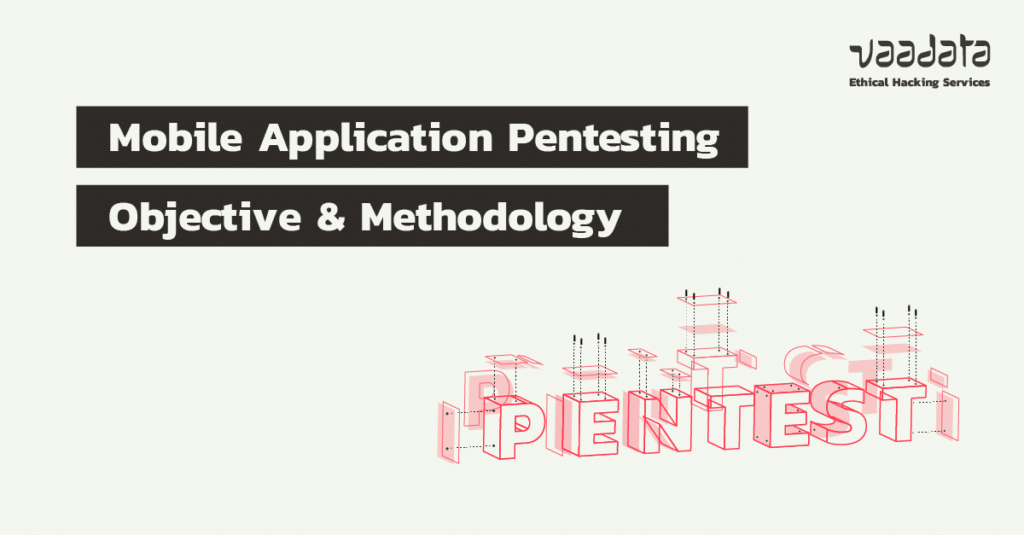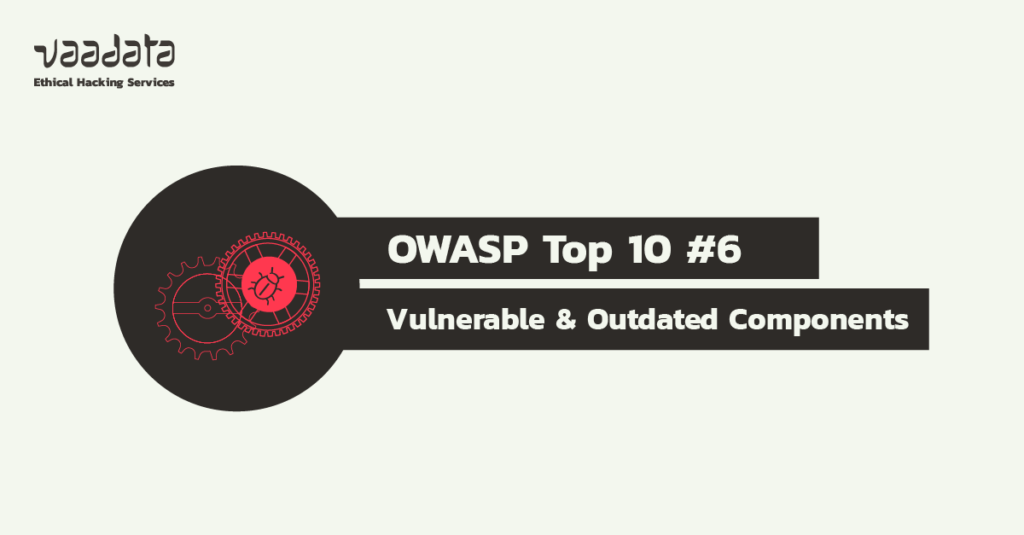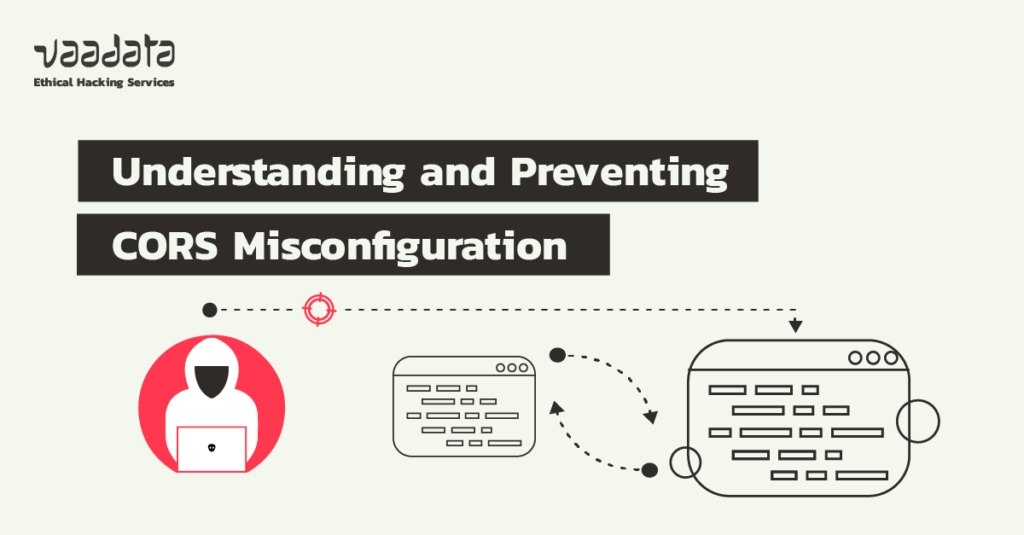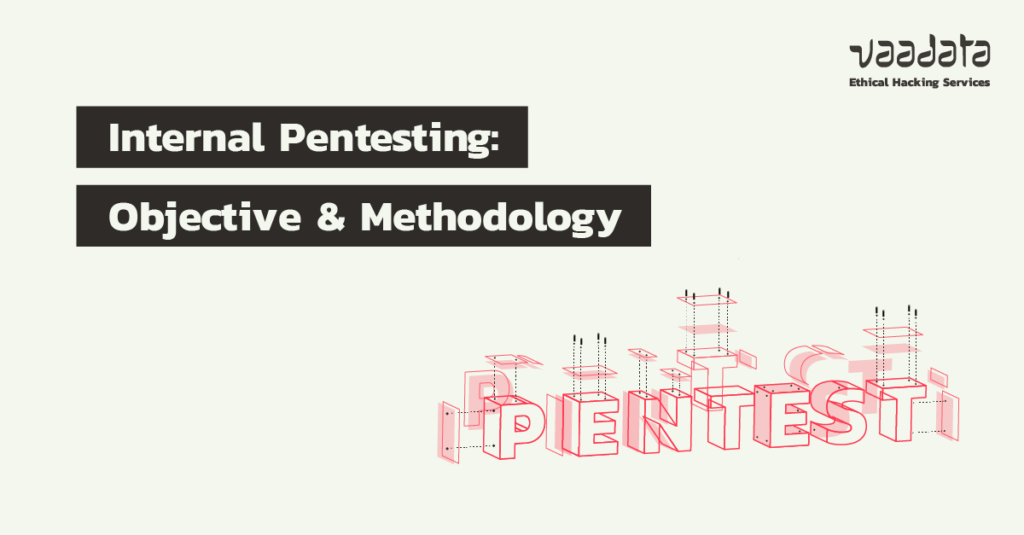
APIs are prime targets for attackers because of their exposure and critical nature, particularly in terms of handling sensitive data. To minimise the risk of security breaches, it is essential to implement robust security measures, understand the types of attack and assess their potential impact.
There are several ways of assessing the security of an API. In this article, we present the “offensive” approach, which we believe to be the most effective: API penetration testing (or API pentesting). We detail the principles and objectives, as well as use cases for black box, grey box and white box pentesting.









